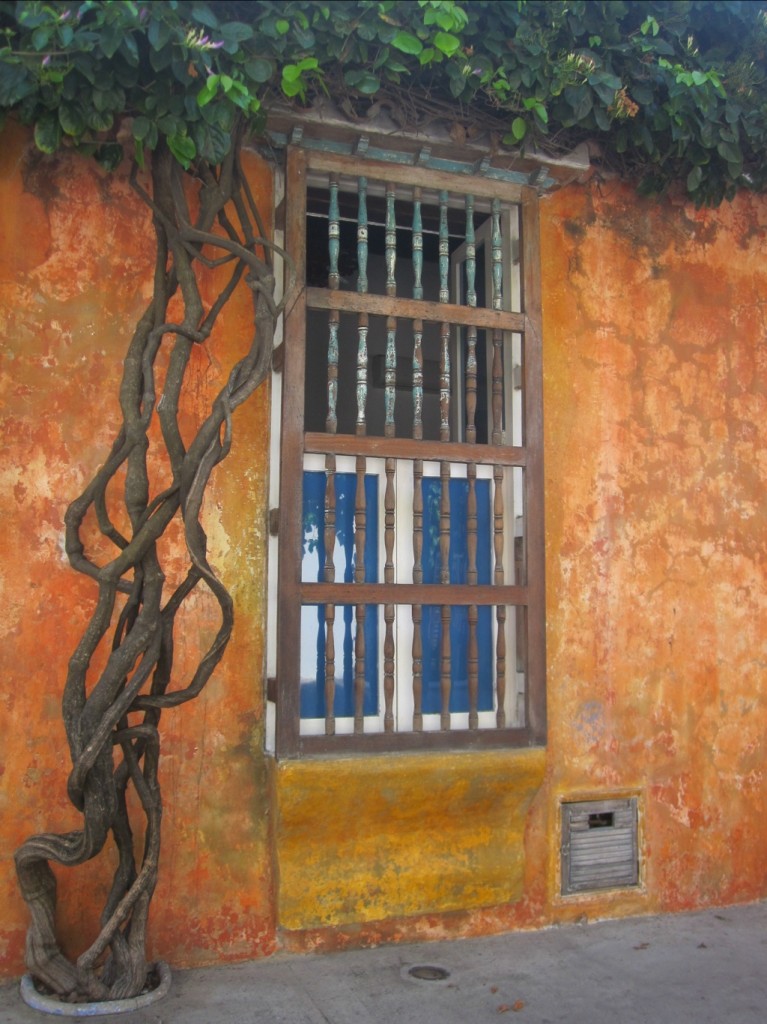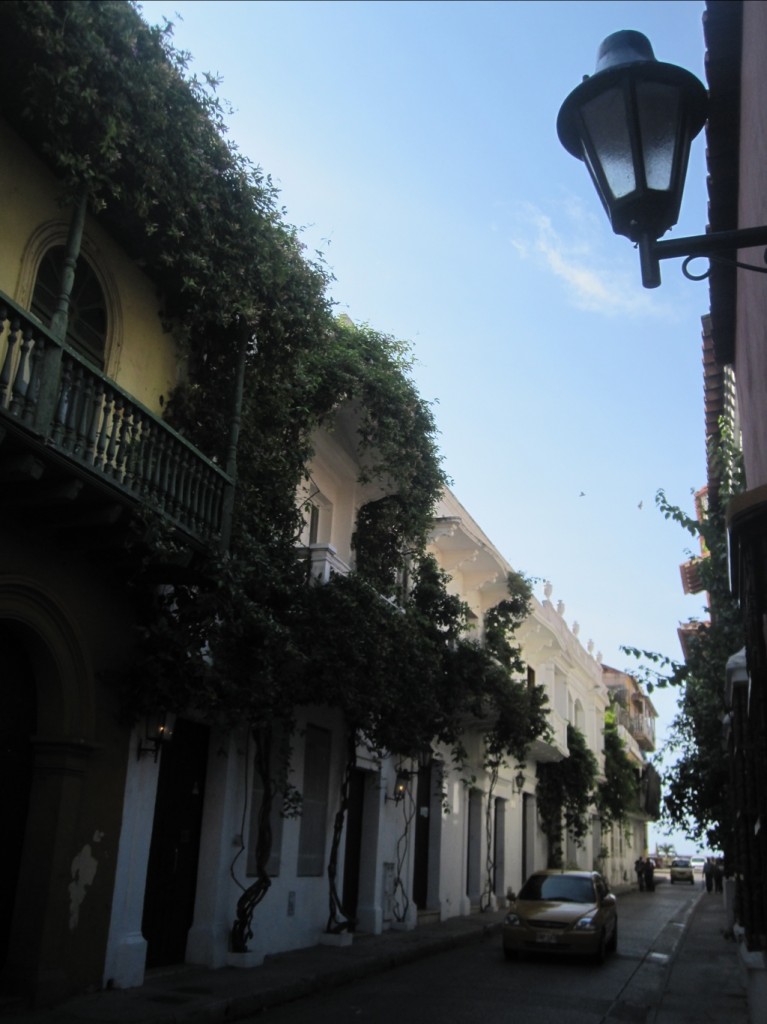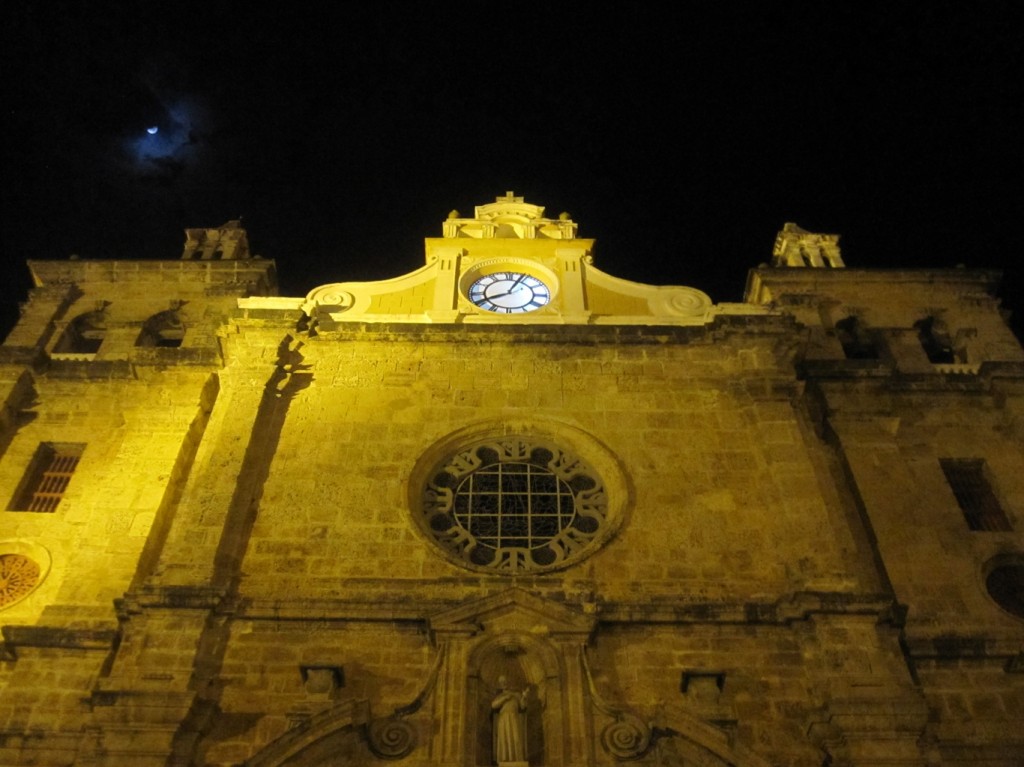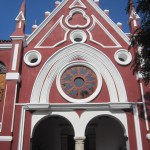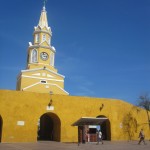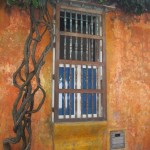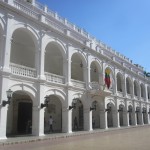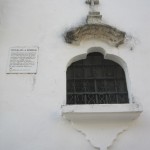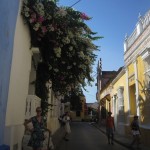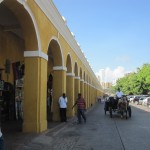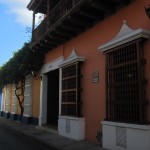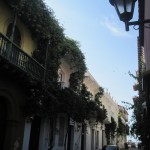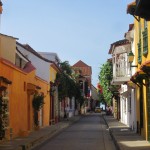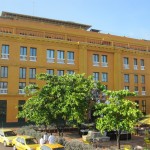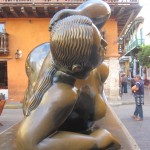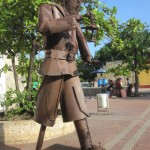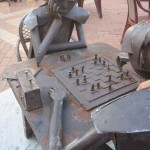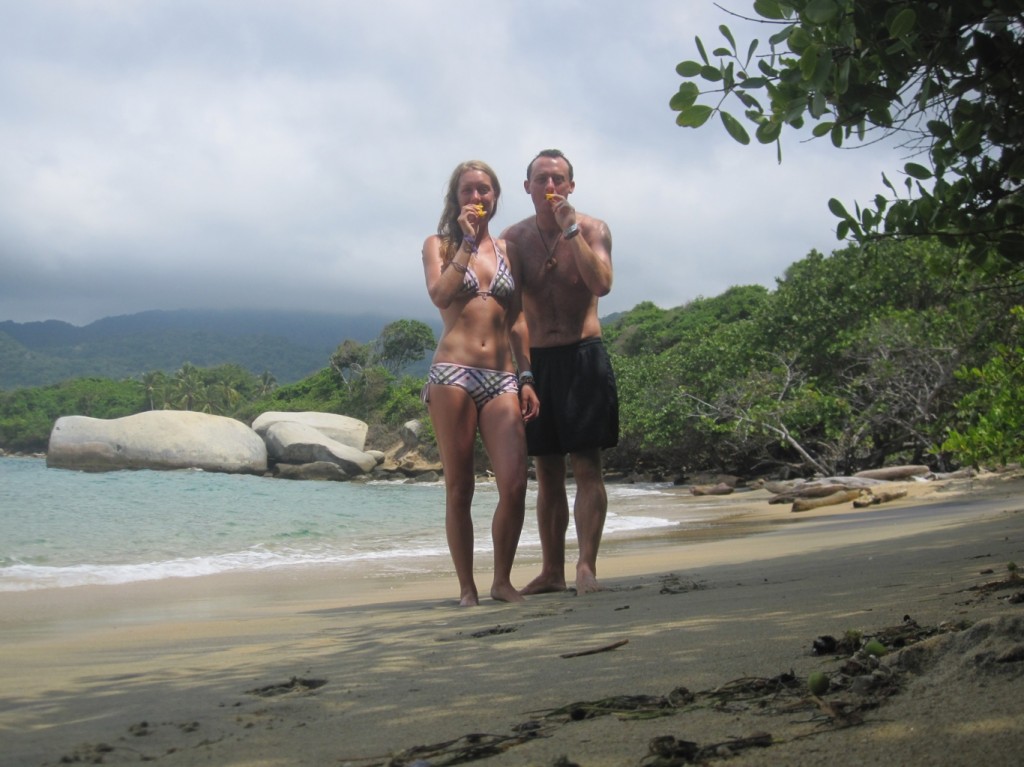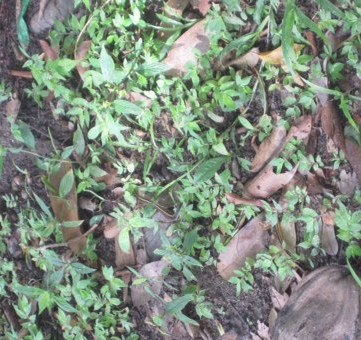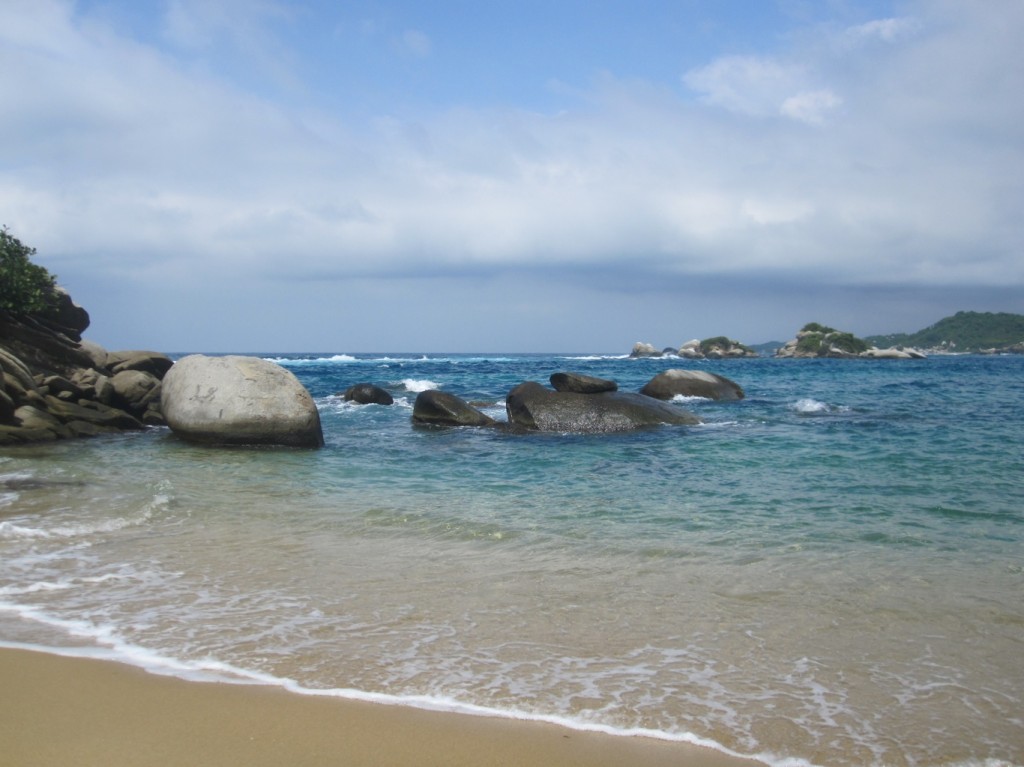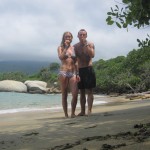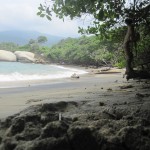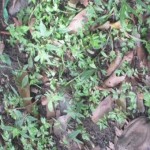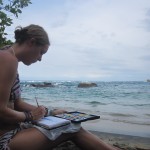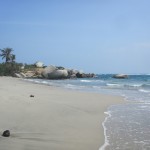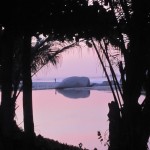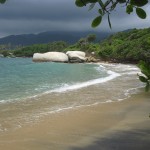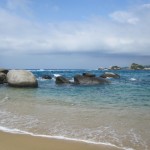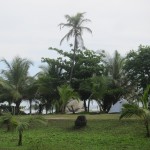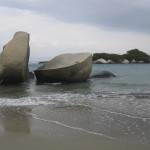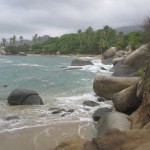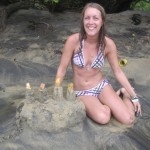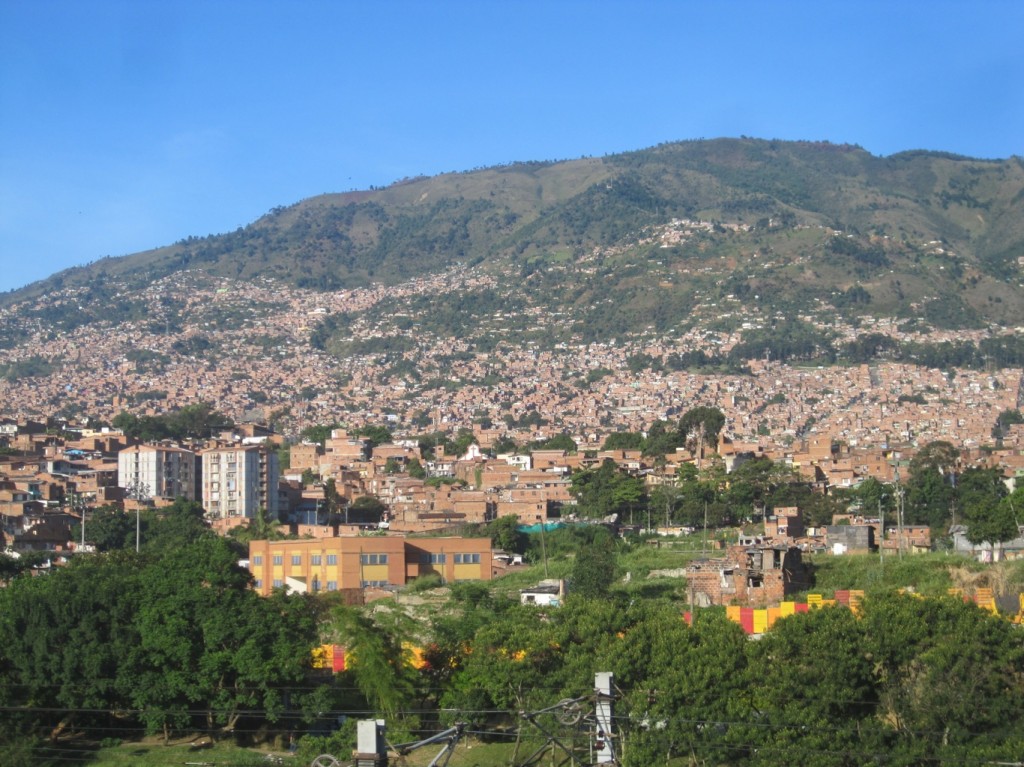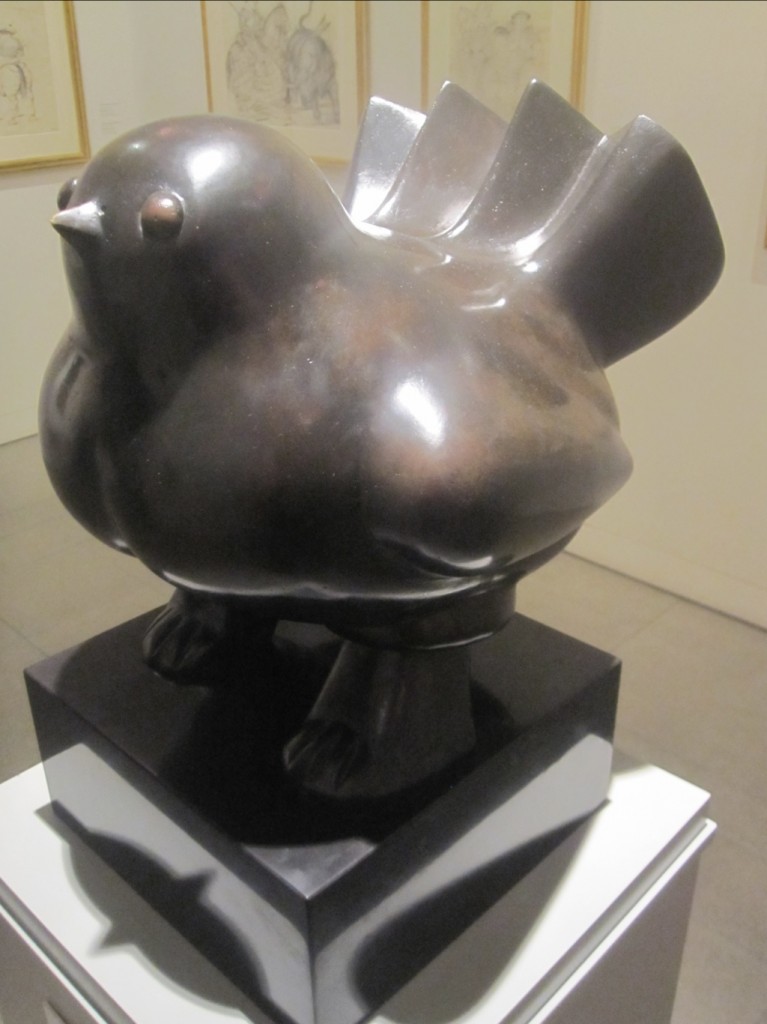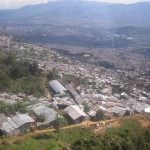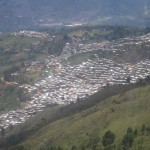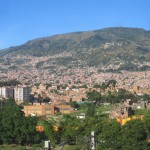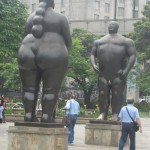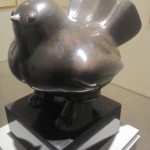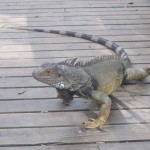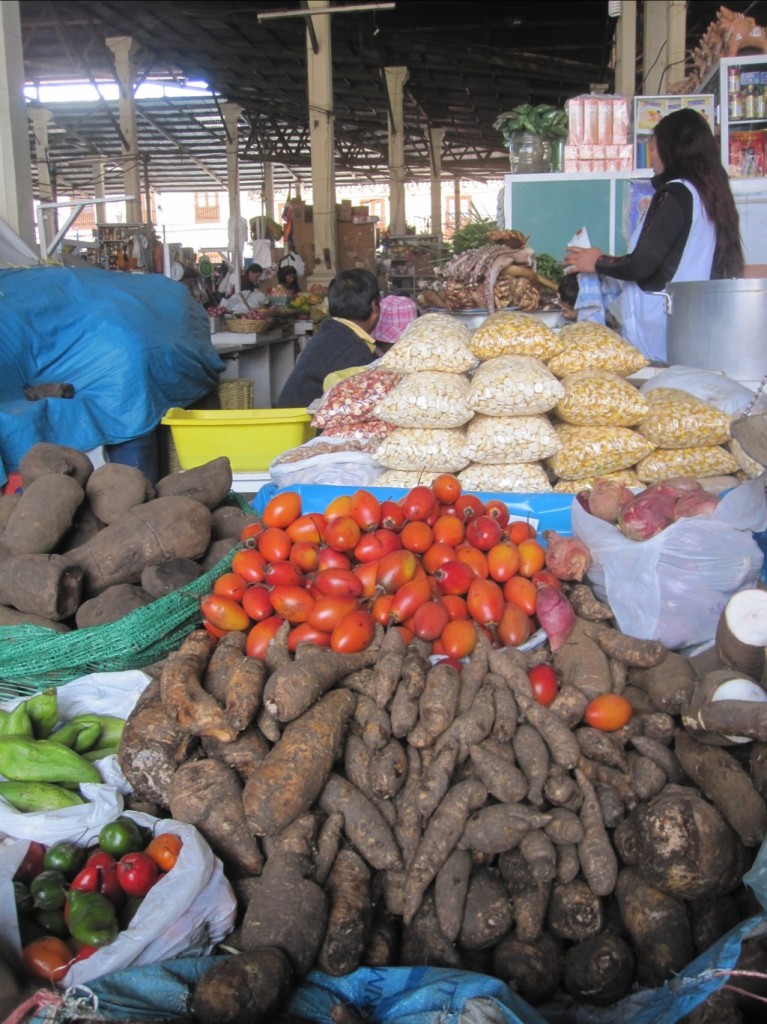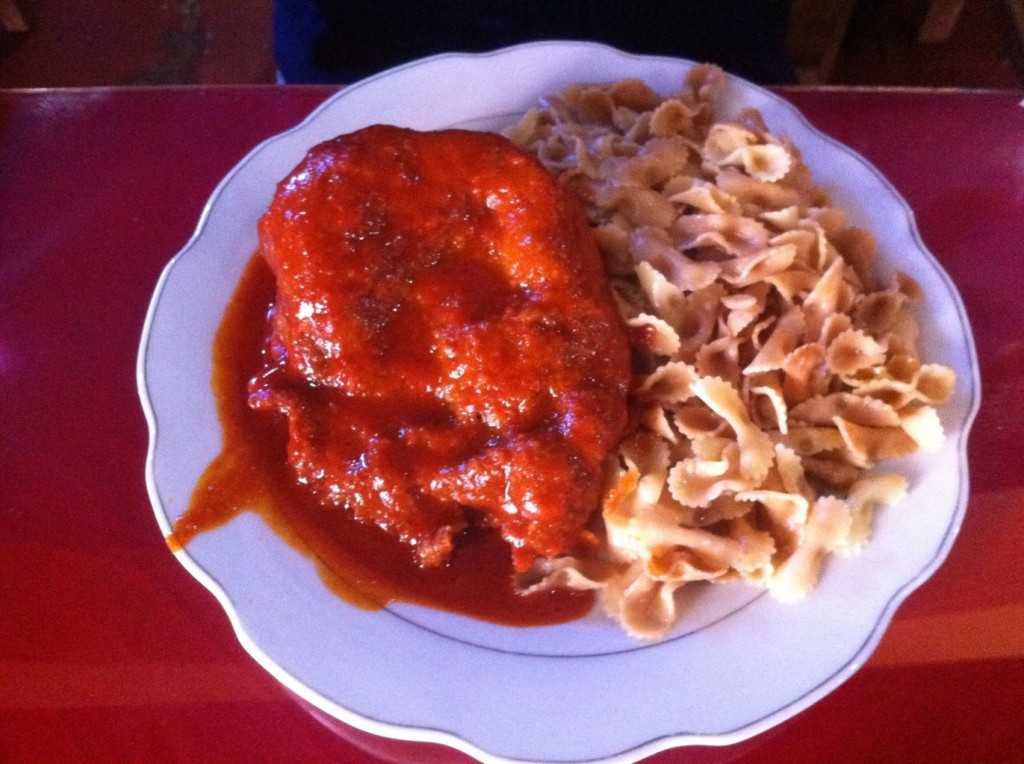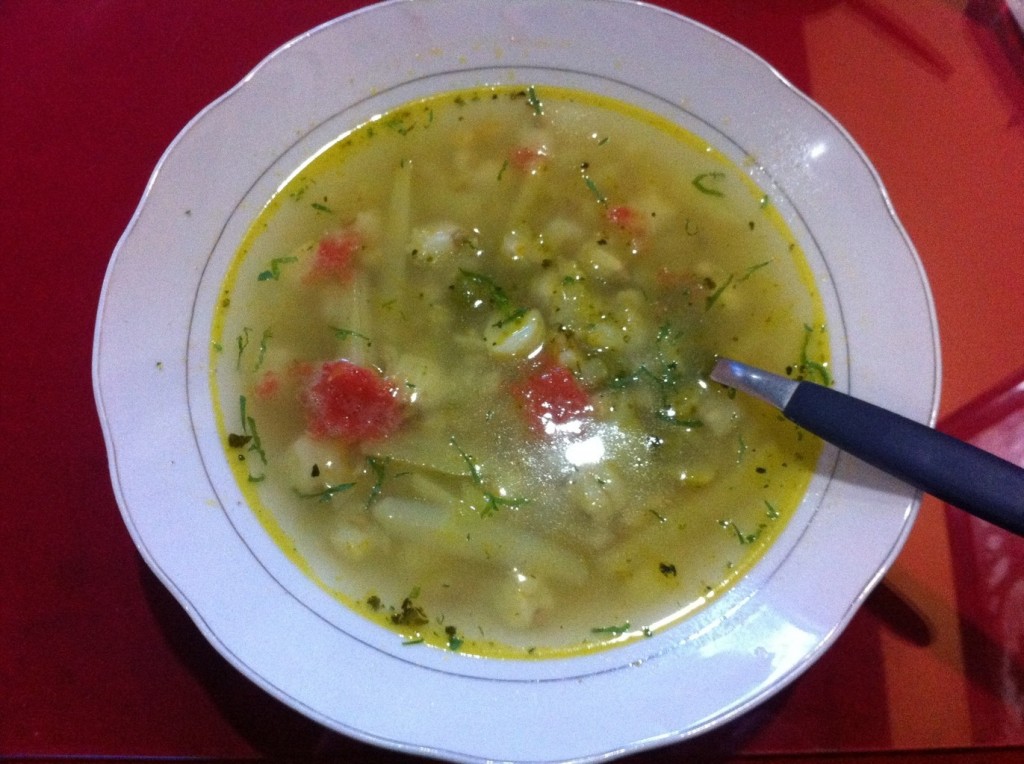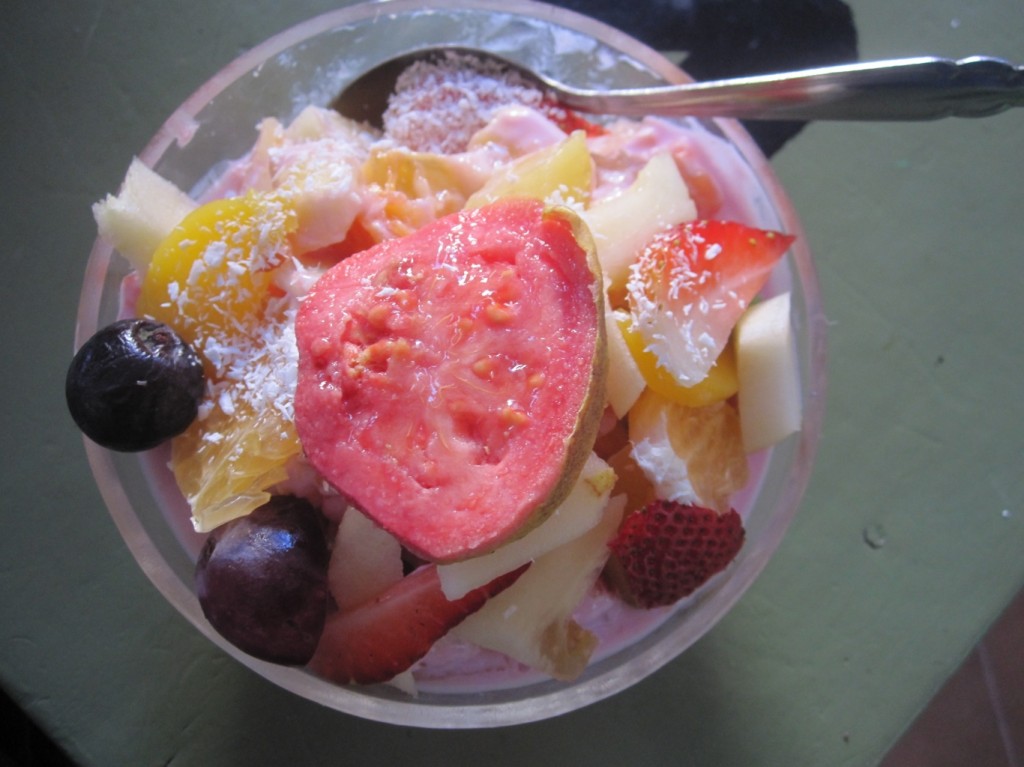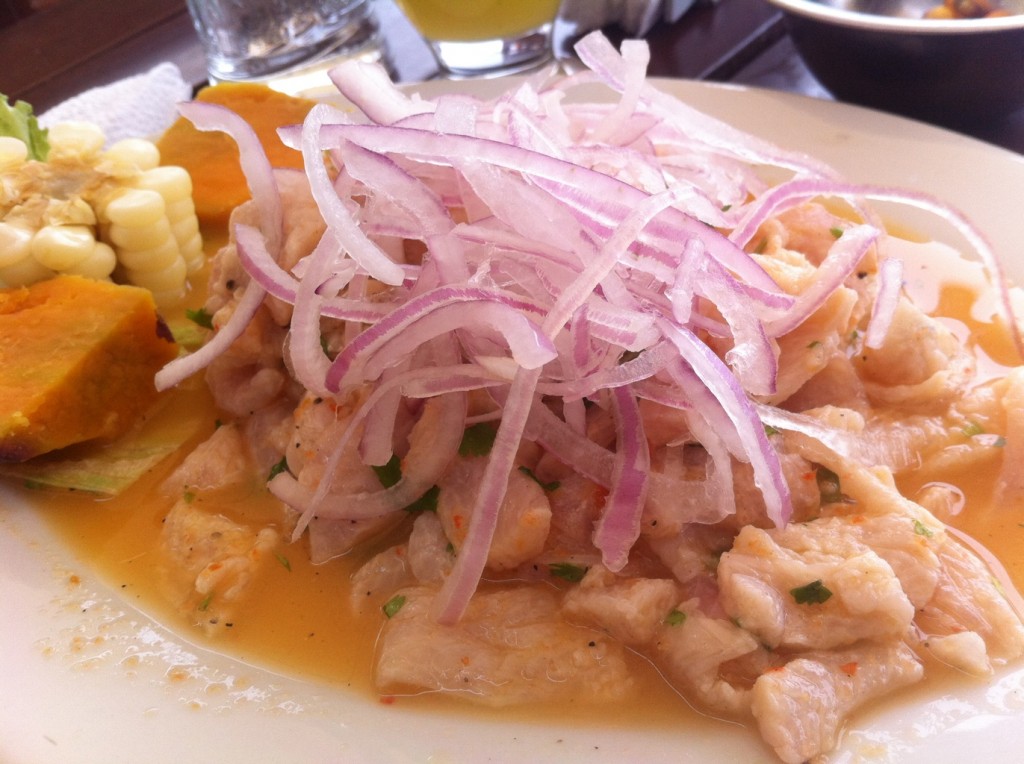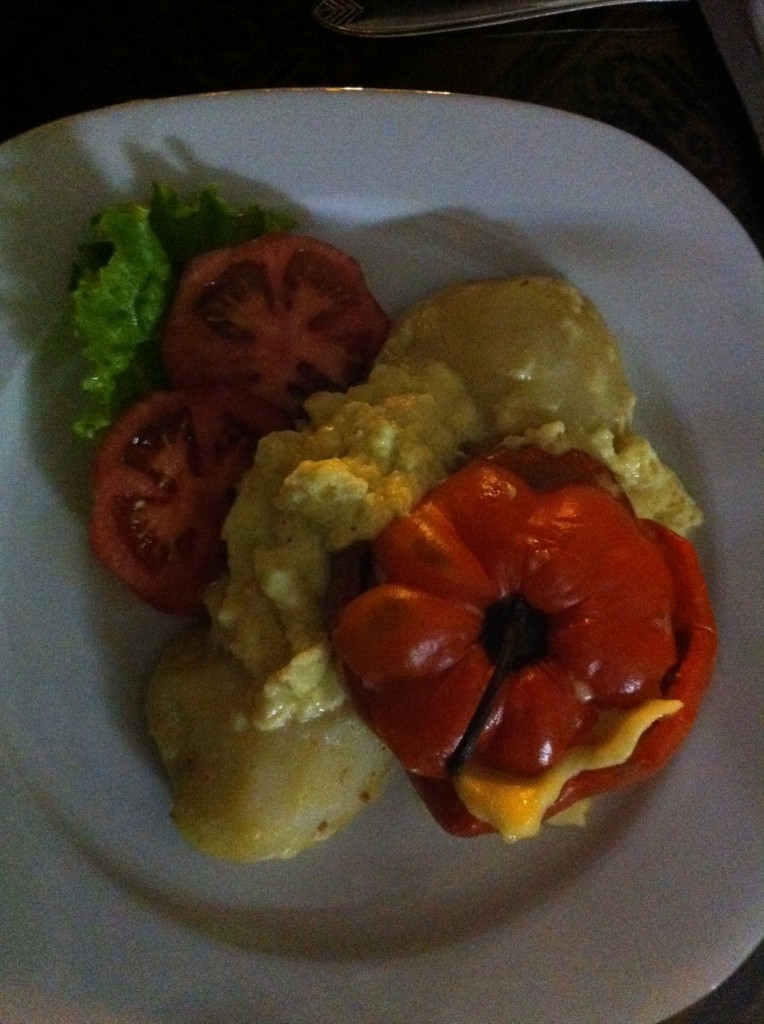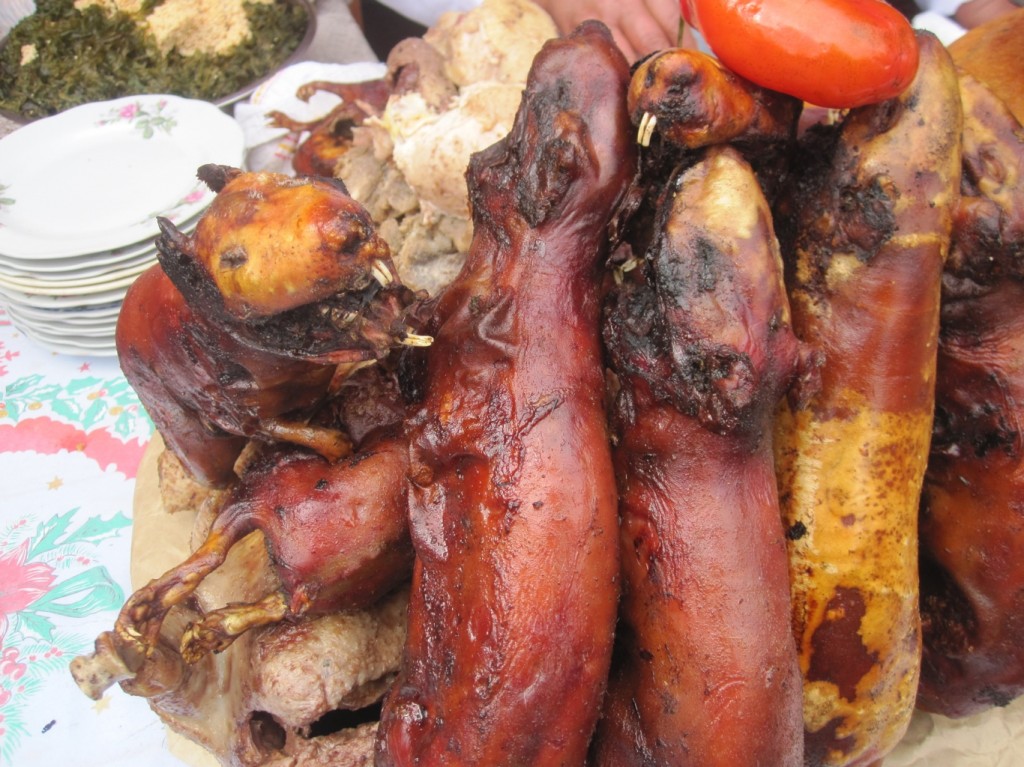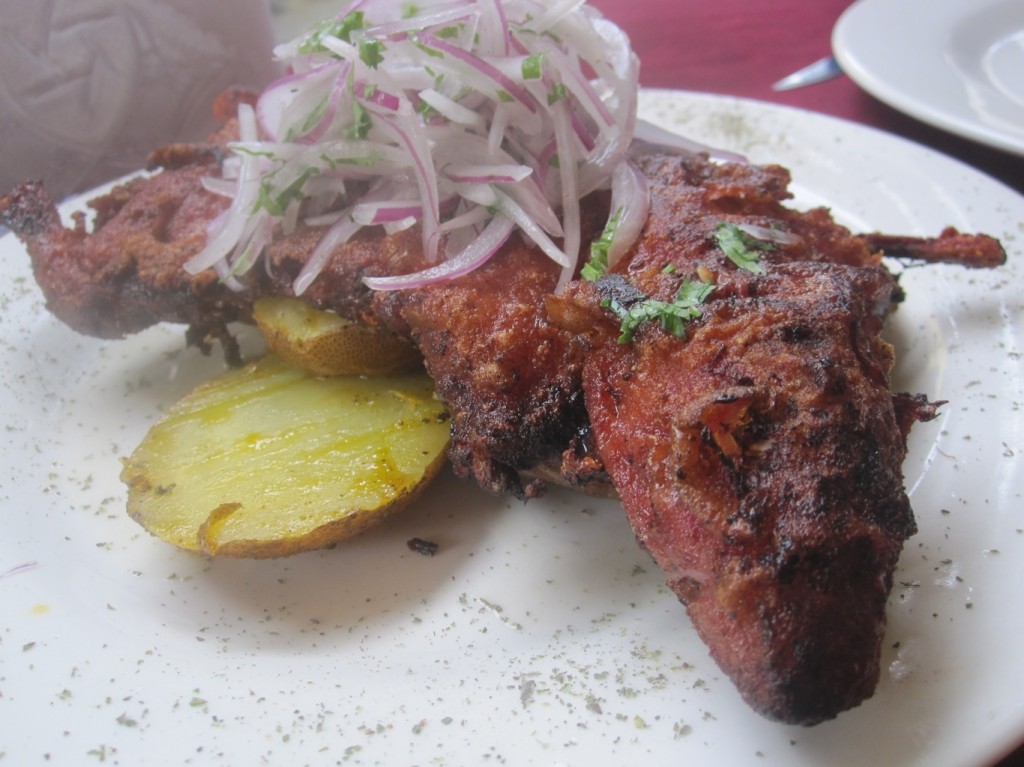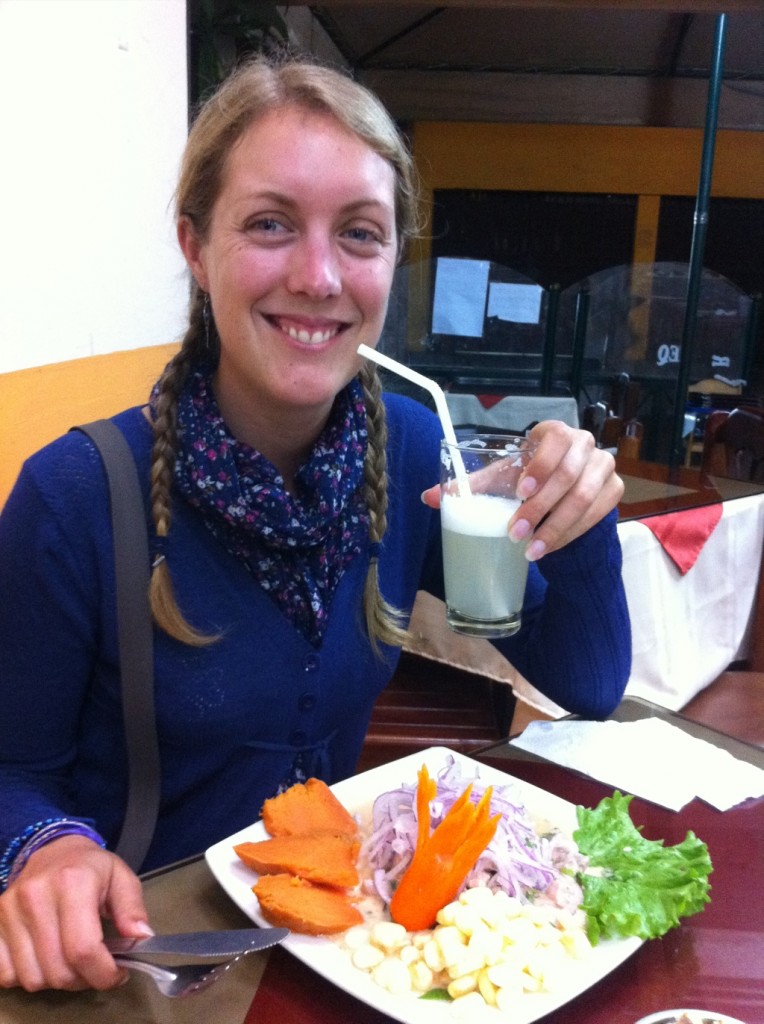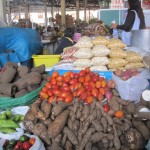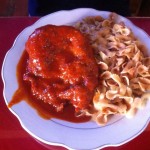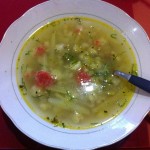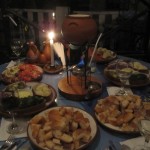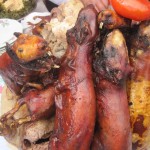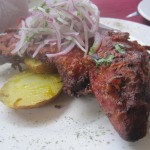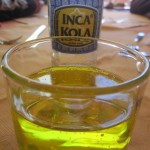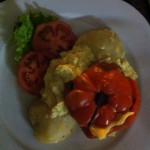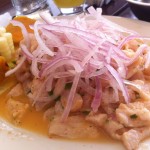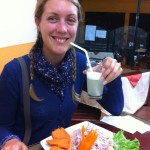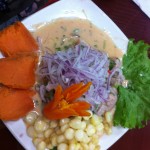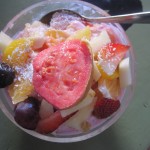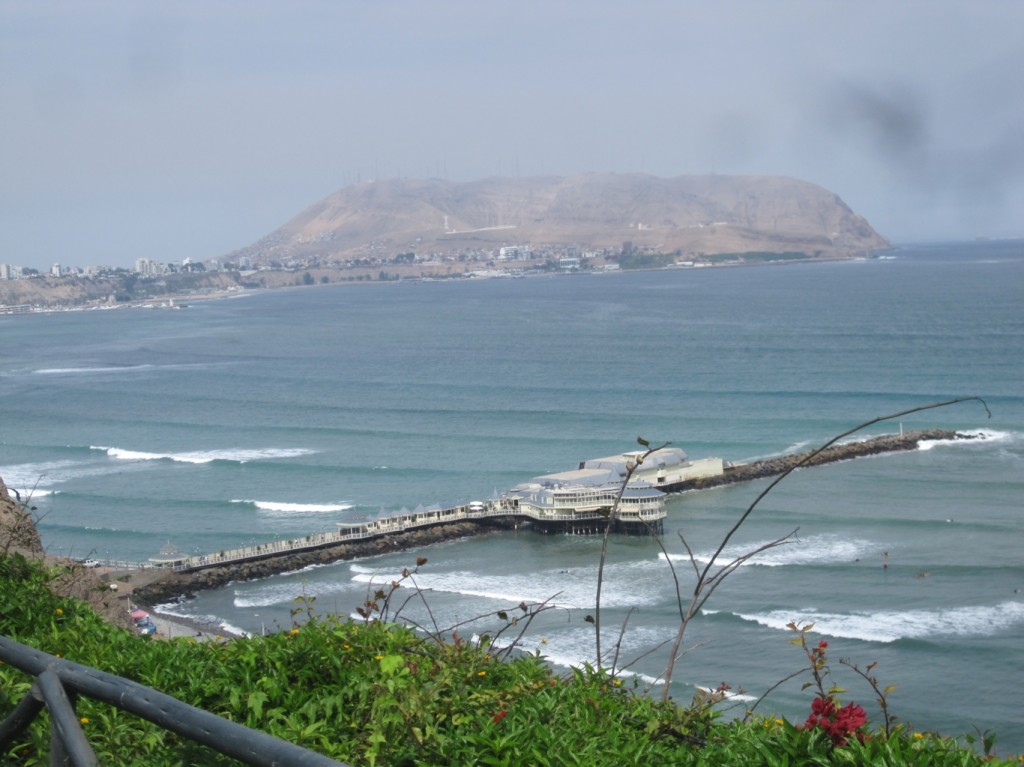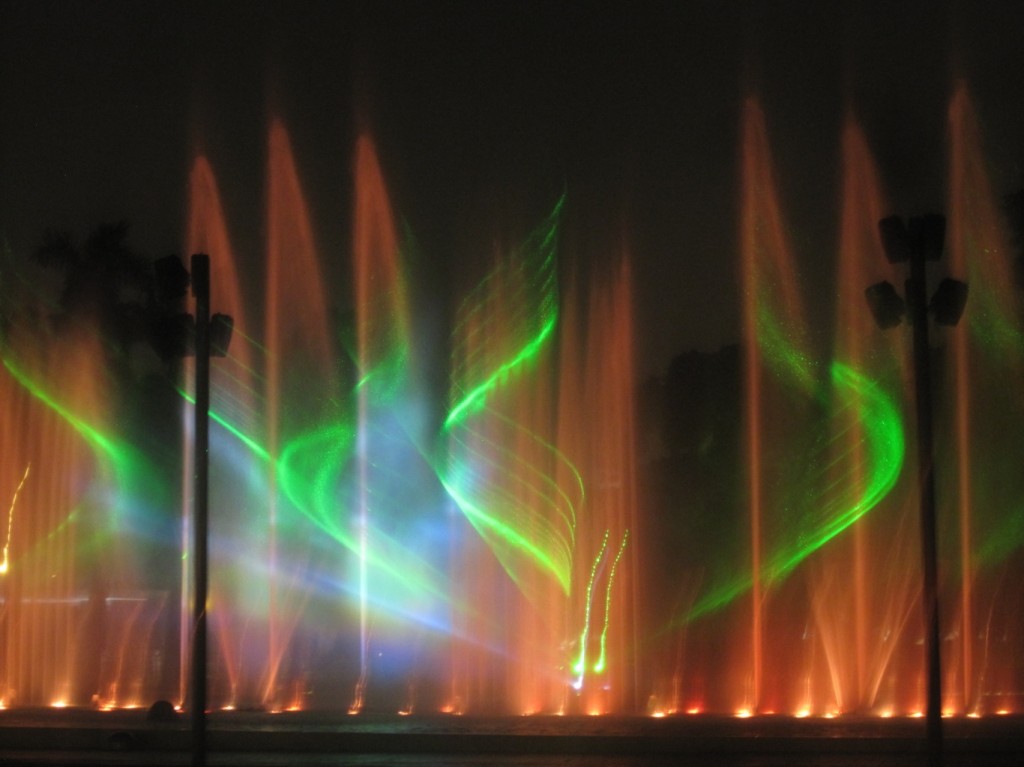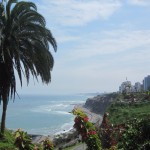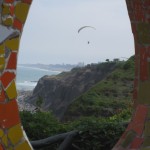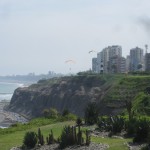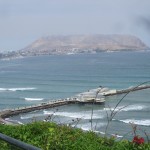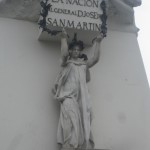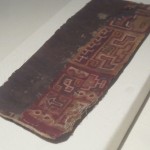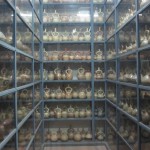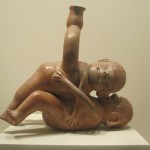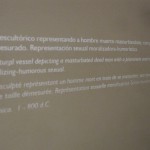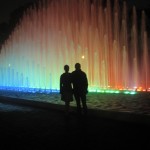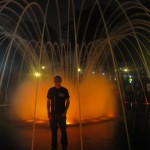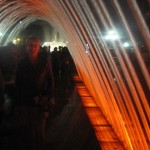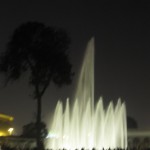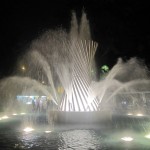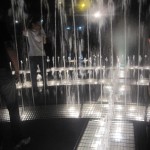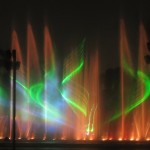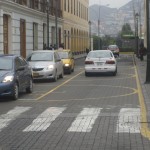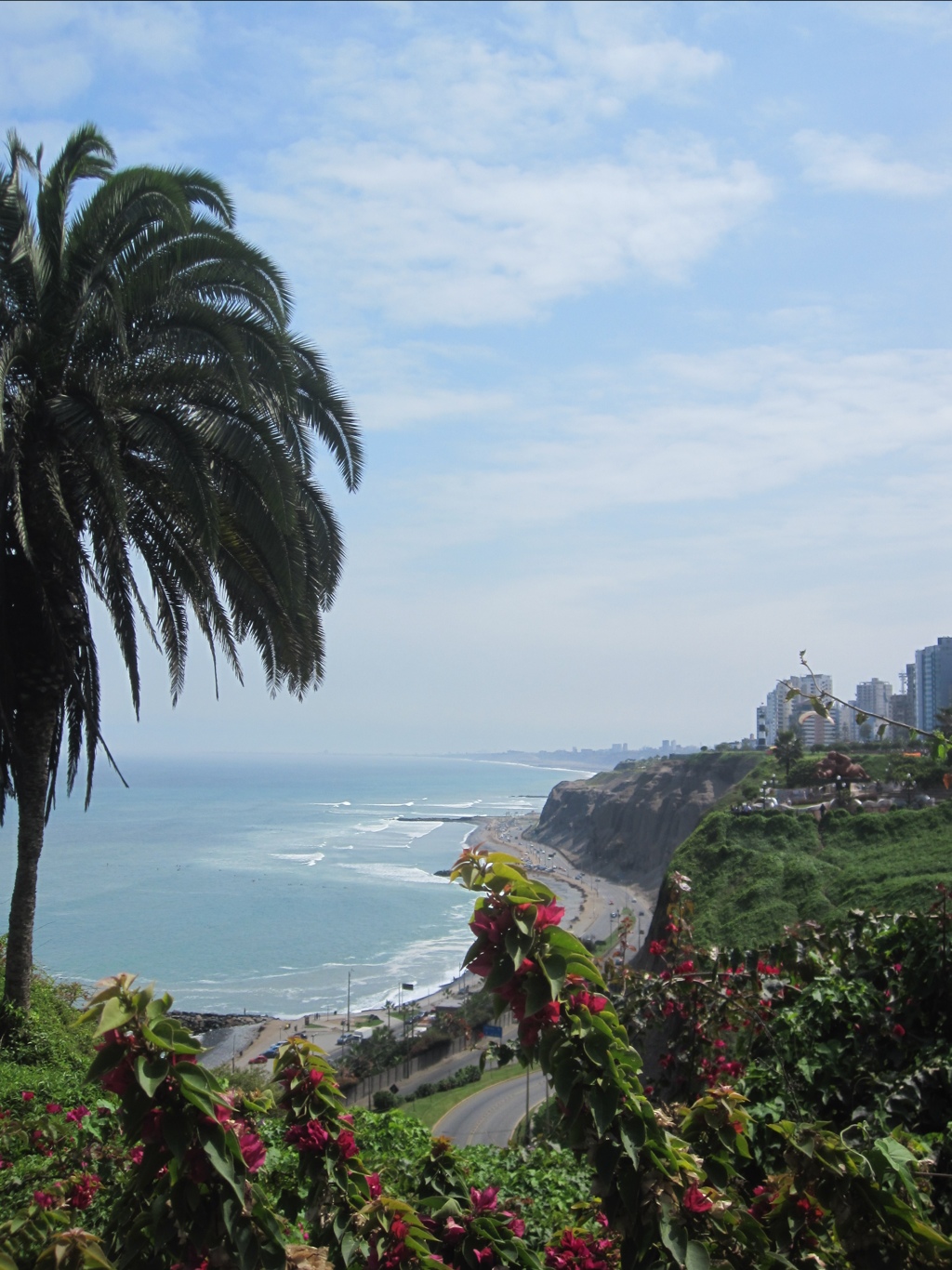Cartagena truly is hot – in both senses of the word. Stepping out of the bus, the suffocating humid heat of the Caribbean swiftly clothes you in a sheen of sweat. Even the slightest cool breeze rolling through the narrow streets of the old city is a cause for rejoicing – and the ice cream absolutely a divine moment. At the same time, the city is stunning, a real visual highlight of the trip.
I was surprised to see that we’re further north here than we were in Kerala in the South of India – which I guess explains the similarity in climate. Having said that, the architecture is radically different – Cartagena’s old town is a colourful, crumbling colonial city defended by imposing forts, although the main invasion appears now to be from tourism rather than pirates. Kerala felt like the jungle was trying and succeeding in taking over the city; here the masonry has definitely won – although the creeping bougainvillea that droops poetically from the many balconies adds a nice organic touch to the manmade image.
As you wander through the old town, it’s hard not to be enthralled by the beauty of the place: lanes bordered by houses saturated in mustard yellow, orange, and sky blue; romantic wooden balconies up above; airy squares with fountains and shade under tropical trees; and horses and carriages trotting through the streets (provided you ignore the wealthy tourists perched in the back). In parts it is so picture-perfect that it’s a bit like a model town – except that unlike the piped music Disneyland we found in Vietnam’s Hoi An, this is actually alive – with the expected street vendors and fashion stores, but also local cheap food joints and corner shops – a refreshing difference, in spite of that heat.
It’s been a slightly turbulent few days for us, which hopefully is no premonition about the flight we’re about to take! We arrived back from the National Park both feeling a bit ill, to discover the flights we have to take us to Bogota were in fact not the following day, but actually in a month’s time, after we’ve got back to the UK. After some painfully expensive rebooking, we thought we’d take the extra day we now have here to do some laundry, and so dropped off all of our clothes except those we’re wearing for a good scrub in the local laundrette, ahead of our flight this morning. What this master plan didn’t bank on was the laundrette closing early yesterday – we turned up at 7pm to find the doors closed and our clothes securely padlocked inside. So as I write this, the adrenaline is beginning to get going for the challenge ahead. Our flight is at 9:30, check-in theoretically closes an hour before. We just hope the laundrette opens at 8 sharp and the drive to the airport is quick, or it’s going to be an even more expensive journey to Bogota!
As we were going to bed last night, the running score of 2-0 in Cartagena vs Kazoos United didn’t seem too bad – and then I realised those plane tickets we went to the trouble of printing out earlier weren’t actually boarding passes: we still had to check in online. Of course there’s no printer at the hostel, so sorting that out is one more thing we now need to do before the airport. Hopefully this is just fatigue, and we’re not losing our magic travelling touch so close to coming home!
Wish us luck…
Simon
- Colourful building
- Bright yellow city walls and a spire behind
- Picturesque window
- The architecture was stunning
- This is the window from which those persecuted in the Spanish Inquisition were denounced before being executed.
- Yes, that´s Laura with a spade hiding the bags of rubble!
- Market arcade by the seaside
- Yet more colour and bougainvillea…
- Balconies overflowing with bougainvillea
- Pretty streets
- Big yellow building
- Cathedral and moon
- Guess the sculptor…
- Pirate sculpture made from metal
- I think we´ve all felt like this when playing from time to time…

